Woke Up Puffy? Here’s the Real Reason (And How to Fix It Fast)
We’ve all been there. You wake up for a big day, head to the mirror, and a puffy, swollen version of you is staring back. It’s frustrating, to say the least, and it can totally tank your confidence. The first instinct is usually to grab a cold compress and hope for the best. But honestly, to get a real handle on morning puffiness, we need to go a little deeper.
In this article
- The Science Behind the Swell: Why We Get Puffy
- Dietary Culprits: It Really Is (Mostly) What You Eat
- Hydration: Your Best Friend in the Fight Against Puffiness
- The Mineral Balancing Act
- Your Nightly Game Plan for a Better Morning
- Your Morning De-Puffing Toolkit
- Heads Up: When Puffiness Could Be Something More
- Inspirational Gallery
That swelling—what the pros call facial edema—isn’t just about looking tired. It’s your body’s way of sending you a signal. It’s a little red flag that its delicate fluid-balancing act is a bit off. Usually, it’s a combination of what you ate, how you slept, and your body’s unique response to it all. Over the years, I’ve learned that tackling this requires a patient, thoughtful approach, not some magic cream. It’s all about understanding the simple mechanics of how our bodies manage fluid.
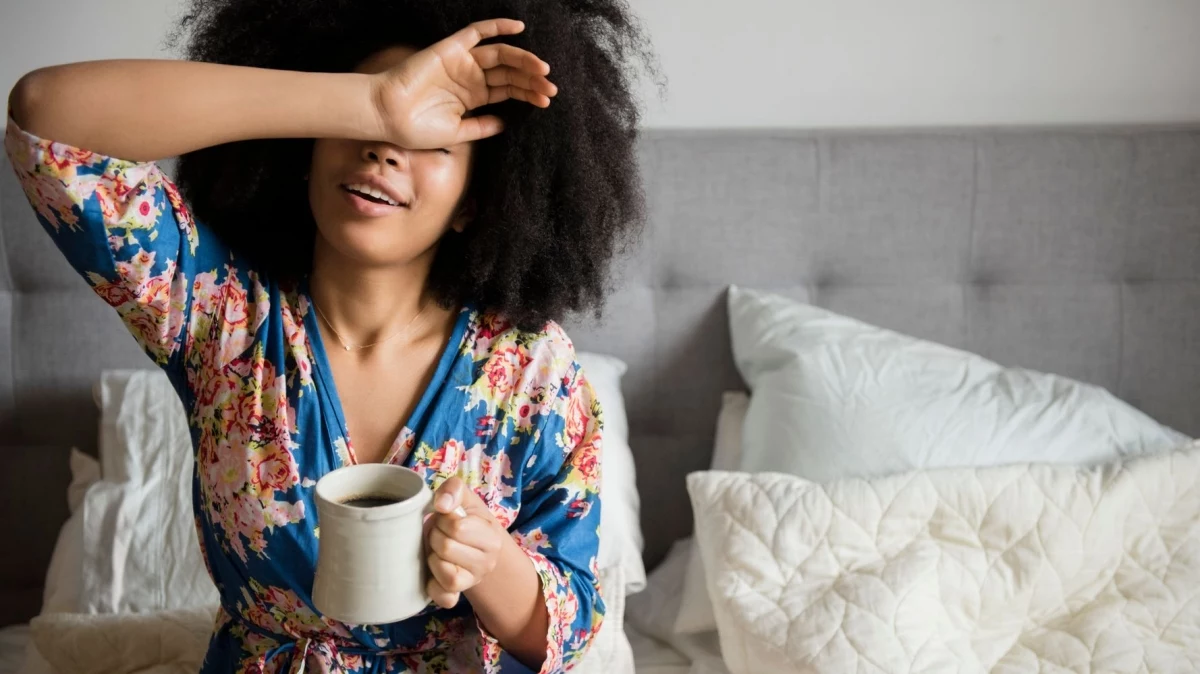
So, let’s skip the quick fixes and get to the root of it. We’re going to unpack why fluid gets trapped, what foods are the biggest culprits, and lay out a practical plan to help you wake up feeling and looking like yourself again. This is about creating lasting balance, not just a temporary fix.
The Science Behind the Swell: Why We Get Puffy
Before we can fix the problem, it helps to know what’s actually happening. In short, facial puffiness is just trapped fluid. Think of your body as a city with a super sophisticated plumbing system. When it’s all working smoothly, water goes where it’s needed and waste gets flushed away. But when something clogs the system, you get backups. Your face, with its delicate skin, is often the first place you’ll notice it.
Salt, Water, and Basic Chemistry
At the heart of this is a process called osmosis. You might remember it from science class—basically, water follows salt. Your body uses electrolytes like sodium and potassium to direct this flow. When you eat a super salty meal, the concentration of sodium in your bloodstream and the fluid around your cells goes way up. To bring things back into balance, your body holds onto water to dilute the salt. Voilà: swelling. It’s your body’s natural defense mechanism, but the side effect is that puffy look, especially after a high-sodium dinner.
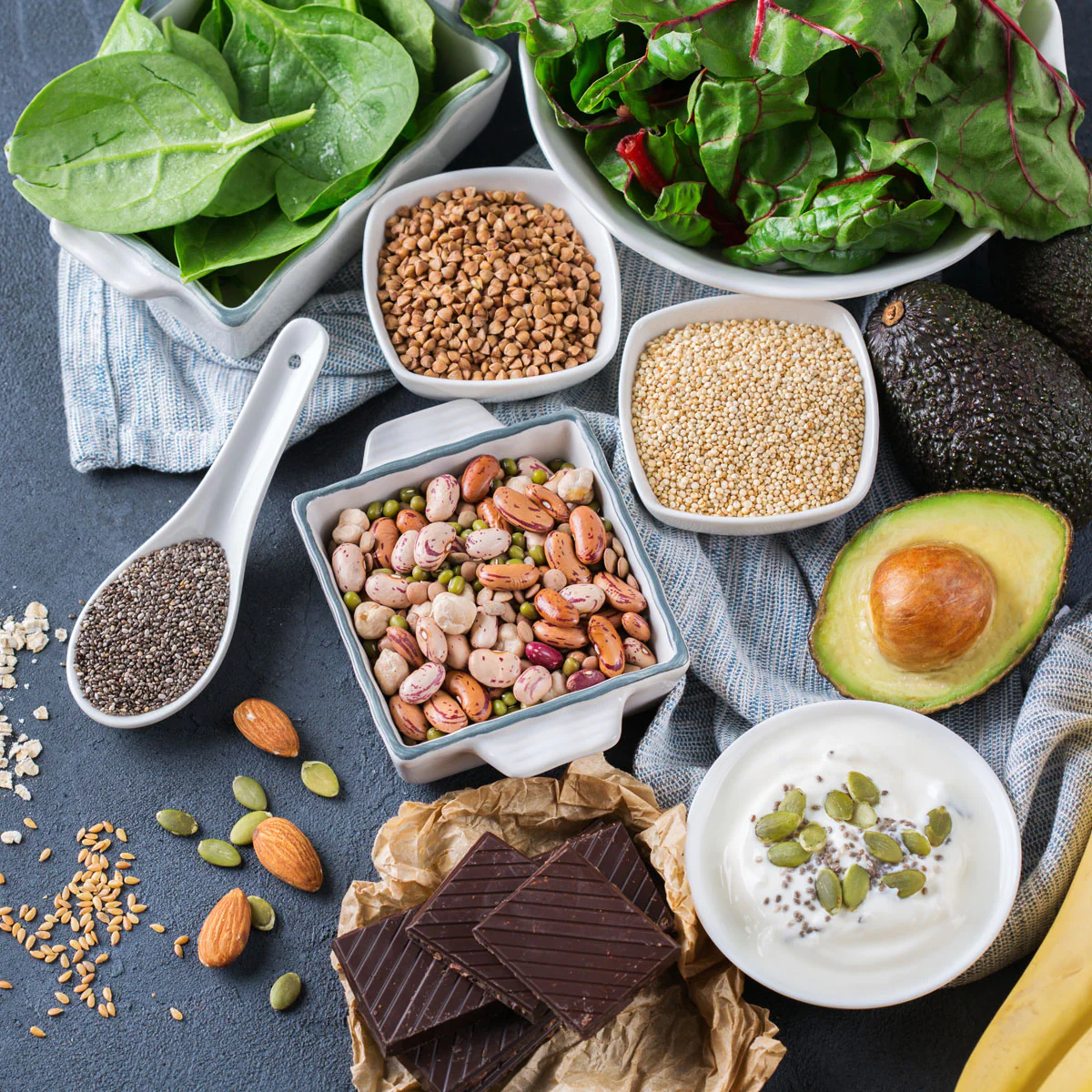
Your Body’s Unsung Hero: The Lymphatic System
While your blood has the heart to pump it around, your lymphatic system is a bit more passive. It’s a network of vessels that acts as your body’s drainage and filtration system, clearing out waste and excess fluid. But here’s the catch: it relies on you moving your body—muscle contractions and deep breathing—to keep things flowing.
When you’re lying still for hours overnight, the lymphatic system slows to a crawl. If you already have some excess fluid from your diet, it just pools. Gravity doesn’t help, either. Sleeping on your stomach or side lets fluid easily collect in your facial tissues. This is exactly why puffiness is almost always worse in the morning and tends to get better once you’re up and moving around.
The Hormones That Control the Flow
A couple of key hormones are also major players. One hormone, aldosterone, tells your kidneys how much sodium (and therefore water) to hold onto. But the more interesting one for many of us is cortisol, the famous stress hormone. Chronic stress means high cortisol, which can throw your fluid-regulating hormones out of whack and lead to persistent puffiness.
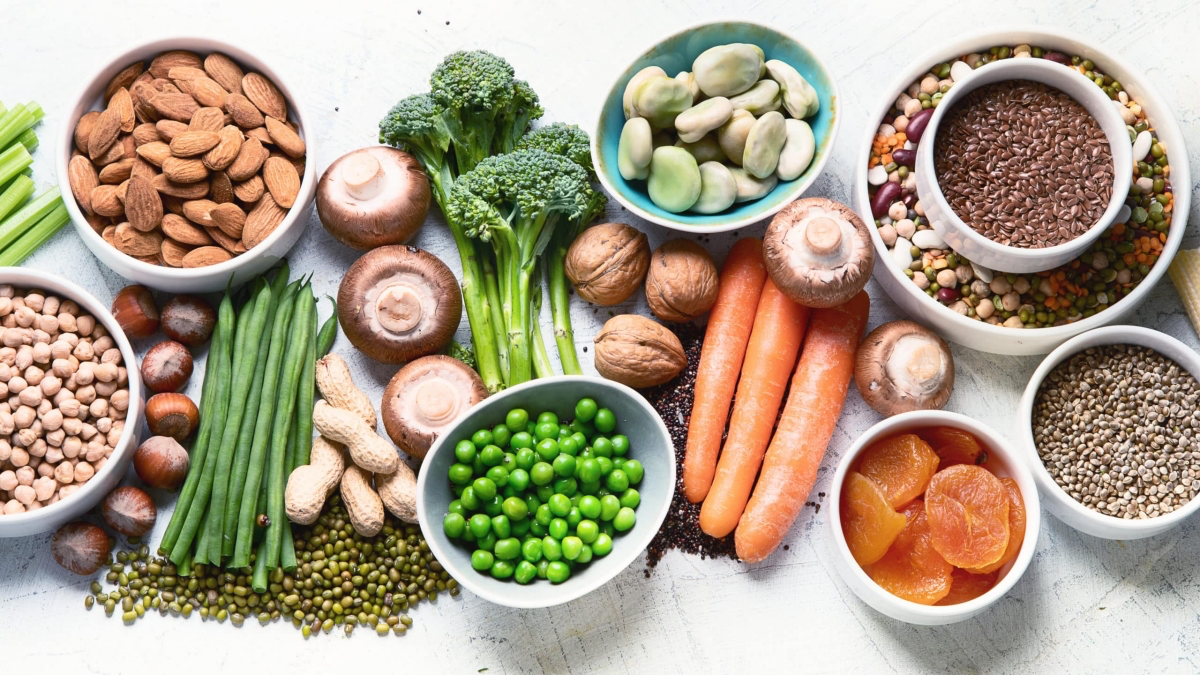
It’s a feedback loop: you’re stressed, so your body holds water, which makes you look puffy, which stresses you out more. A simple way to break this cycle is a quick, 5-minute breathing exercise. Just try some box breathing: inhale for 4 seconds, hold for 4, exhale for 4, and hold for 4. Doing this for a few minutes can genuinely help lower cortisol and tell your body it’s safe to let go of that excess fluid.
Dietary Culprits: It Really Is (Mostly) What You Eat
When someone comes to me struggling with puffiness, the very first place we look is their diet. It’s the most common cause, and luckily, it’s the area where you have the most direct control. Small, consistent changes here can make a world of difference.
Sodium: The Obvious Offender
We’ve already touched on salt, but its impact is huge. Leading health organizations recommend keeping sodium under 2,300 milligrams (mg) per day, with an ideal limit closer to 1,500 mg for many adults. For perspective, a single teaspoon of table salt is a whopping 2,300 mg. The real trouble isn’t your salt shaker; it’s the hidden sodium in processed foods. I once worked with someone who swore they ate low-salt, but their daily “healthy” salad was drenched in a bottled dressing that packed over 500 mg of sodium per serving. That’s a salt bomb right there.
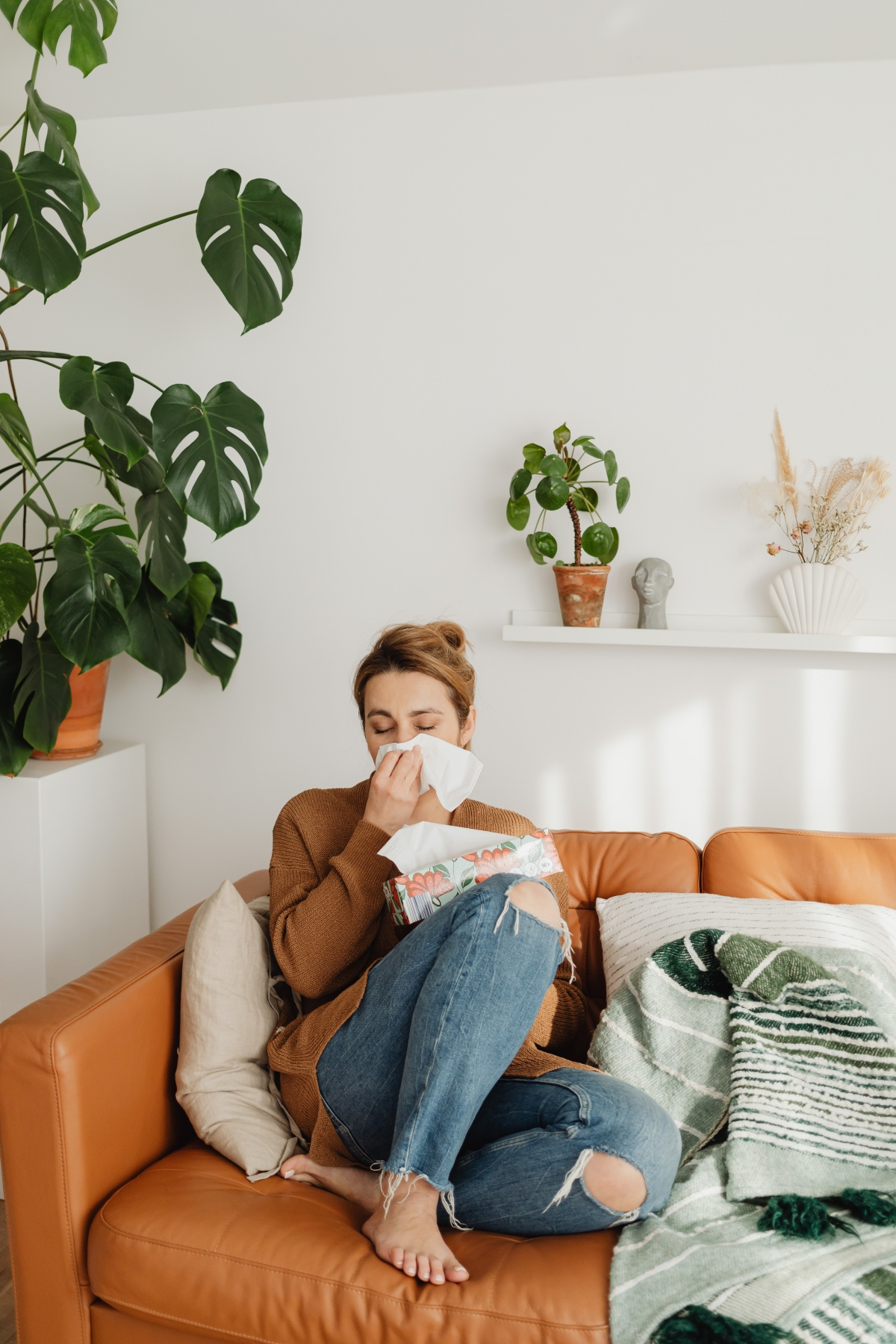
Watch out for sneaky sodium in things like canned soups, processed meats (deli turkey is a big one), frozen meals, and even bread. A quick tip: start reading labels. It takes a second, but it’s the only way to know. Focus on cooking with whole foods where you control the salt, using things like herbs, garlic, and lemon juice for flavor instead.
Refined Carbs and Water Weight
Here’s a fact that surprises a lot of people: for every gram of carbohydrate your body stores for energy (as glycogen), it also stores about 3 to 4 grams of water. This is totally normal. But a diet heavy in refined carbs like white pasta, pastries, and sugary drinks means more glycogen storage—and more water retention. A big pasta dinner late at night is the classic recipe for a puffy morning. This doesn’t mean carbs are bad! It just means opting for complex carbs (like oats and quinoa) and keeping an eye on portion sizes, especially at your evening meal.

Alcohol’s Deceptive Role
A glass of wine might feel relaxing, but it’s a diuretic, meaning it makes you lose water. In response to this dehydration, your body freaks out a little and goes into survival mode, releasing hormones that make it cling to every last drop of remaining fluid. This rebound effect is a major cause of puffiness. Plus, alcohol can be inflammatory and mess with your sleep quality. If you’re serious about reducing puffiness, cutting back on alcohol, especially before bed, is a game-changer.
Hydration: Your Best Friend in the Fight Against Puffiness
It sounds counterintuitive, right? If you’re retaining water, why would you drink more of it? But it’s one of the most effective things you can do. When your body is dehydrated, it panics and holds onto every bit of fluid it can. It’s a survival mechanism.
By drinking plenty of water throughout the day, you send a clear signal to your body: “Hey, there’s an abundance of water here, no need to hoard it!” This encourages your system to flush out excess sodium and toxins, which directly reduces bloating and puffiness. Think of it as rinsing out your system. Start your day with a big glass of water (16 oz or so) before you even think about coffee. Then, aim to sip consistently all day instead of chugging a ton at once. You’ll probably see a difference in just a few days.
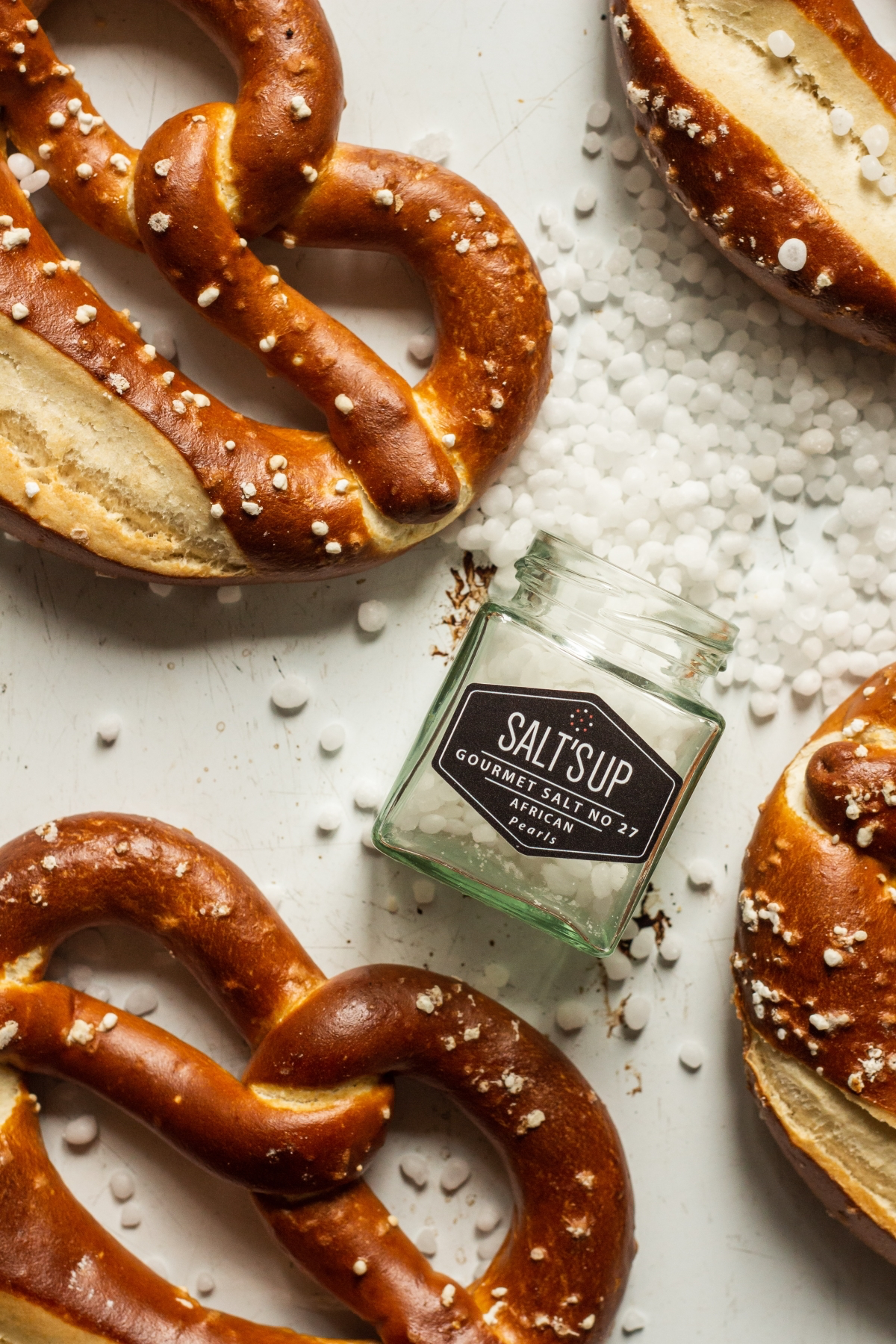
The Mineral Balancing Act
It’s not just about cutting sodium. Creating the right mineral balance is key to helping your body release excess water.
- Potassium: Sodium’s Opposite. This mineral works directly against sodium. It helps your body flush out excess salt and reduces fluid retention. Most of us get too much sodium and not nearly enough potassium. Instead of just focusing on cutting salt, try actively adding potassium. A medium banana has around 420 mg, a baked sweet potato is loaded with it, and so are spinach and avocados.
- Magnesium: The Relaxation Mineral. Magnesium is a workhorse, involved in hundreds of bodily functions, including fluid balance. Not getting enough can contribute to water retention. Leafy greens, almonds, seeds, and even dark chocolate are great sources.
By the way, you might read that iodine deficiency causes facial swelling. While that’s technically true, it’s a very specific medical condition related to the thyroid gland called myxedema, not your typical morning puffiness. Please, never supplement with iodine unless a doctor has diagnosed you with a deficiency. It can be dangerous and mess with your thyroid. If you suspect a deeper issue, always see a medical professional.
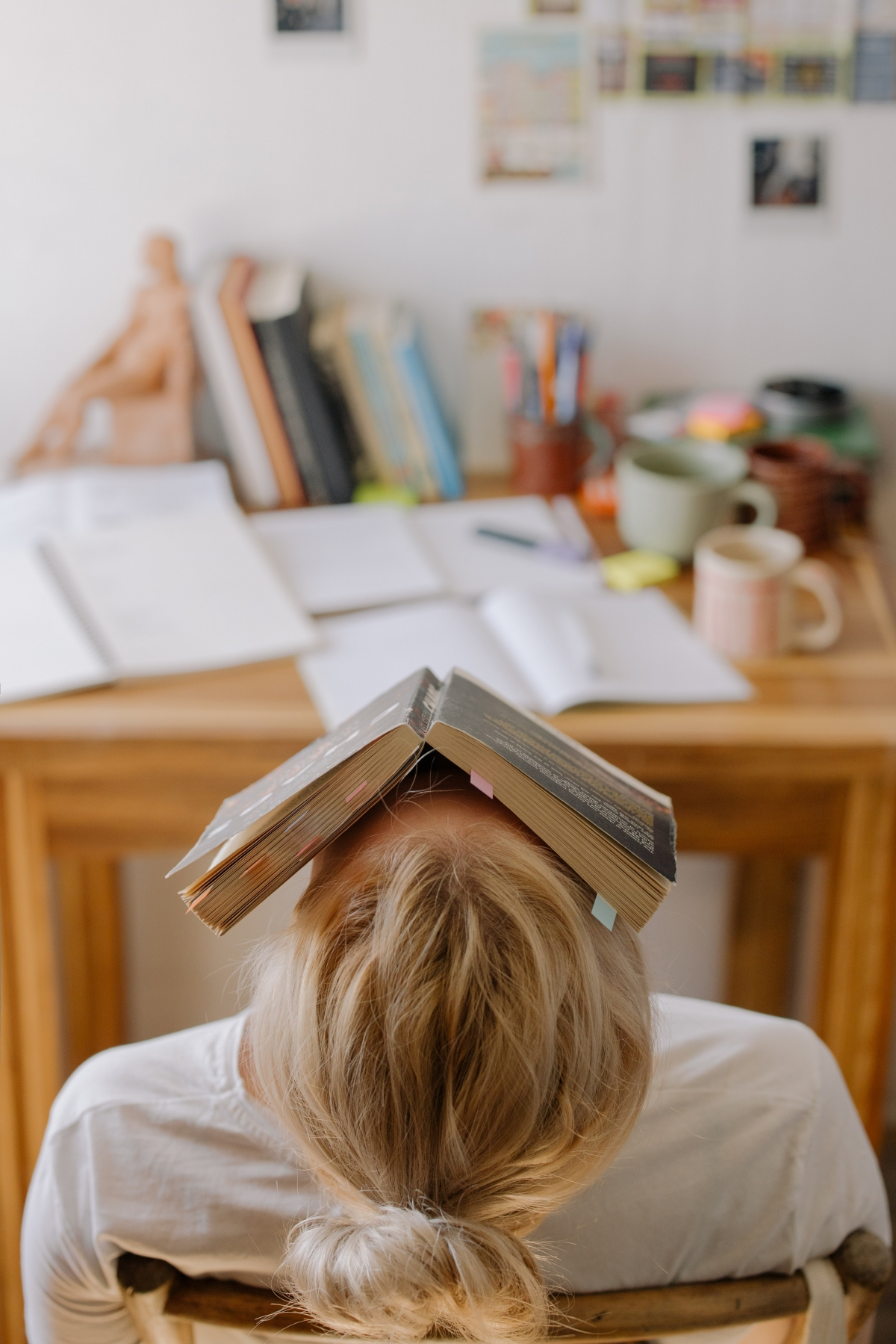
A Quick Puff-Proof Shopping List
To make things easy, here are a few things to grab on your next grocery run: bananas, avocados, spinach, sweet potatoes, lemons (for water and flavoring), low-sodium broth, unsalted nuts, and plain yogurt.
Your Nightly Game Plan for a Better Morning
How you sleep can make a huge difference. A few simple tweaks can help your body drain fluid more effectively overnight.
Use Gravity to Your Advantage
If you sleep flat on your back or on your stomach, you’re literally asking for fluid to pool in your face. The fix is simple: elevate your head. An extra pillow can work, but for a real upgrade, consider a wedge pillow. It creates a gentle, stable incline that lets gravity do the work of draining fluid away from your face. You can find them online for between $30 and $60. A budget-friendly hack? Prop the head of your bed up by placing a couple of sturdy books under the legs.
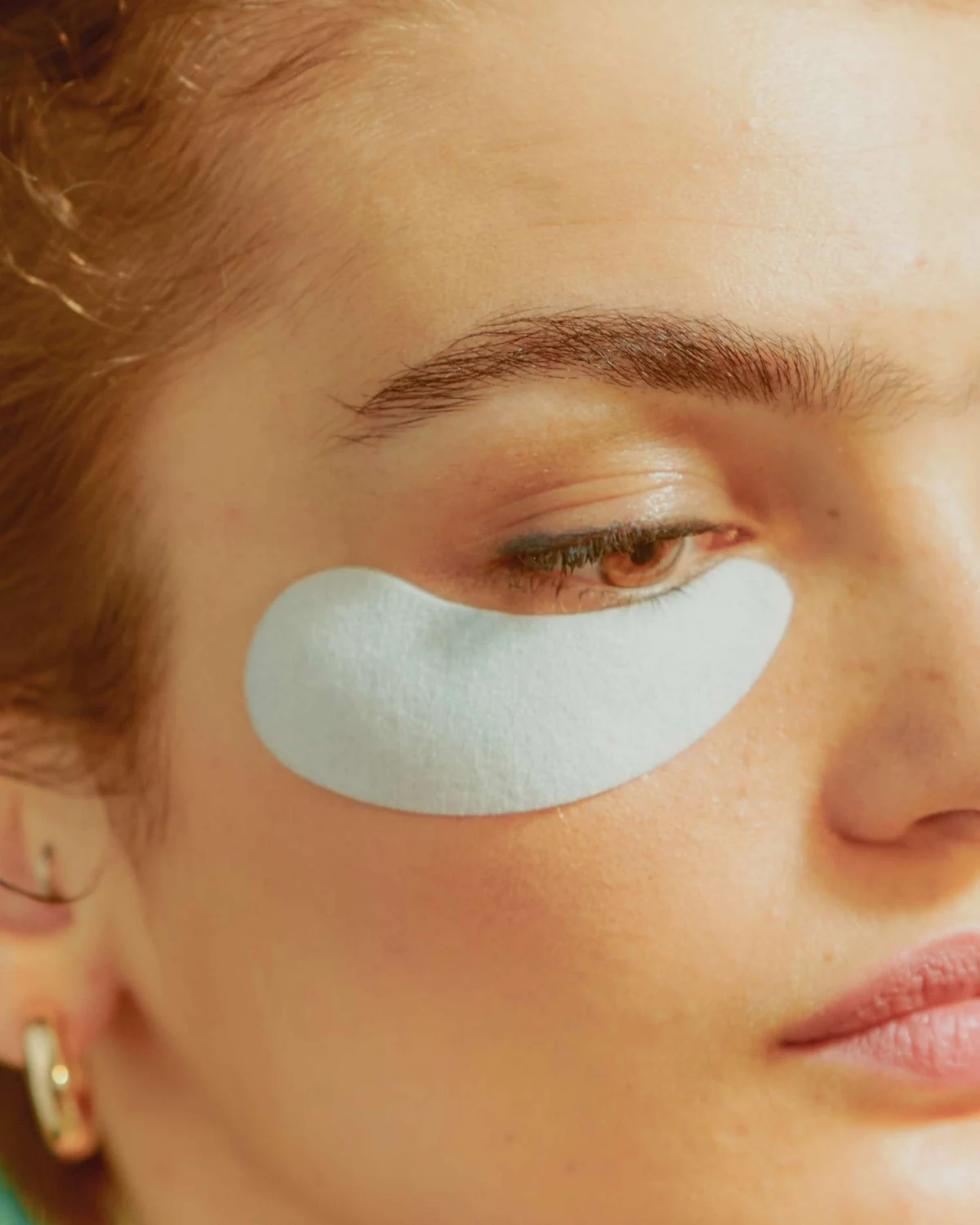
Clear Out Allergens
If you have allergies to dust, pollen, or pets, your puffiness might be from low-grade inflammation. Allergens trigger histamine, which causes swelling. They also cause nasal congestion, which physically blocks the drainage pathways from your face. Keep your bedroom clean, wash your bedding in hot water weekly, and consider an air purifier. A quick saline rinse with a neti pot before bed can also work wonders to clear out your sinuses.
Your Morning De-Puffing Toolkit
Okay, so even with all the right prep, you might still wake up a little puffy sometimes. Here’s a quick protocol to get things moving.
First, Cold and Caffeine
Cold is your immediate friend. It constricts blood vessels, which quickly reduces swelling. Splashing your face with cold water for a minute works. Even better, keep two metal spoons or a jade roller in the fridge. The cold feels amazing. And good news: that morning cup of coffee or tea helps, too! Caffeine is also a vasoconstrictor, so it can help tighten things up from the inside out.
Next, Gentle Massage
The goal here is to manually get your lymphatic system moving. The key is to be extremely gentle—you’re just trying to stretch the skin, not dig into the muscle. Use a light facial oil to help your fingers glide. A good non-comedogenic oil that won’t clog pores, like jojoba or squalane, is perfect for this. The whole massage should only take a few minutes:
- Open the drains: Gently pump the soft area just above your collarbones 5-10 times.
- Sweep down: Using your fingertips, make light sweeping motions down the sides of your neck.
- Work the face: Start at your forehead and sweep out toward your temples. Then move down to your cheeks, sweeping out toward your ears.
- Under the eyes: Use your ring finger (it has the lightest touch) to gently press and roll from the inner corner of your eye outward toward your temple.
- Finish: Repeat the sweeps down your neck and pump the collarbone area again.
Finally, Hydrate and Move
Drink that big glass of water, then get your body moving. Even just 5-10 minutes of brisk walking, jumping jacks, or stretching will fire up your muscles and get the lymph flowing properly.
Got 2 Minutes? The Emergency De-Puff Routine:
If you’re in a real rush, here’s the super-quick version:
1. Splash your face with icy water for 30 seconds.
2. Do 20 jumping jacks to wake up your lymphatic system.
3. Drink a huge glass of water while your coffee is brewing.
Heads Up: When Puffiness Could Be Something More
This guide is for common, everyday puffiness that goes away as the day goes on. But sometimes, facial swelling can be a sign of a serious medical issue. It’s crucial to know when to call a doctor.
Please see a medical professional right away if you experience:
- Sudden or severe swelling, especially if it involves your lips or tongue.
- Puffiness on only one side of your face (this could be a dental issue or infection).
- Swelling that’s also painful, red, or hot to the touch.
- Difficulty breathing along with facial swelling—this is a medical emergency.
- Puffiness that comes with other symptoms like major weight gain, shortness of breath, or extreme fatigue, as this could point to kidney, heart, or thyroid problems.
- Swelling that just doesn’t go away throughout the day.
Your job is to optimize your wellness with good habits; your doctor’s job is to diagnose and treat medical conditions. Never hesitate to reach out to them. By understanding your body and making these small, powerful changes, you can work with its natural rhythms and greet the morning with the confidence you deserve.
Inspirational Gallery
Gua Sha: A flat stone tool, often rose quartz or jade, designed for a scraping massage. It excels at lymphatic drainage and sculpting contours like the jawline but requires facial oil and a bit of technique to master.
Ice Roller: Typically a gel-and-water-filled head stored in the freezer. It delivers intense, immediate cold to constrict blood vessels and reduce swelling fast. Best for a quick, all-over fix.
For targeted sculpting, choose a gua sha. For a rapid, refreshing cool-down, an ice roller is your hero.
Beyond what you eat, what you drink matters. For a quick de-puffing boost, try these morning sips:
- Dandelion Tea: A well-known natural diuretic that helps your body release excess water.
- Cool Cucumber Water: Hydrates while providing silica, which is great for skin health, and the cooling effect is a bonus.
- Green Tea: Contains antioxidants and has mild diuretic properties to help flush your system.
Can my sleeping position really make a difference?
Absolutely. When you sleep flat on your stomach or back, gravity allows fluid to pool in the delicate tissues of your face. By simply propping your head up with an extra pillow, you encourage downward lymphatic drainage overnight. It’s a passive, zero-effort trick that can lead to a noticeably less swollen reflection in the morning.
The most common mistake: Pushing too hard. Whether using your fingers or a tool like a gua sha, remember the lymphatic system is a delicate network just below the skin’s surface. A light, gentle gliding motion is far more effective for moving fluid than deep pressure, which can actually cause inflammation and redness.
Did you know that while alcohol is a diuretic, it’s also a vasodilator? This means it widens your blood vessels.
This contradiction is a key reason for post-cocktail puffiness. The diuretic effect dehydrates you, making your body cling to any water it can. Simultaneously, the vasodilation can cause capillaries in your face to leak fluid into surrounding tissue. The result is that dreaded combination of dehydration and facial swelling.
- Visibly brighter under-eyes.
- Reduced morning swelling around the orbital bone.
- Enhanced absorption of your eye cream.
The secret? The
Harnessing the power of cold—or cryotherapy—is a surefire way to deflate puffiness fast. You don’t need a clinical treatment; at-home tools bring the chill to you.
- The Cult Favorite: The Skinny Confidential’s Hot Mess Ice Roller is famous for its large, all-metal design that stays cold for an impressively long time.
- The Budget Pick: An ESARORA Ice Roller from Amazon, made of gel and plastic, provides a fantastic cooling sensation for a fraction of the cost.
- The Old-School Hack: Two metal spoons chilled in the freezer for 20 minutes are perfect for targeted, momentary relief on puffy eyes.
Beyond just the visual fix, there is a mindful ritual in the morning de-puff. The cool, smooth glide of a jade roller over your skin, the satisfyingly crisp sensation of an ice mask—these are small moments of sensory self-care. They can turn a frustrating sight in the mirror into an act of calming control, setting a peaceful tone for the day ahead.
DIY Green Tea Compress: Don’t toss those used tea bags. For a quick, zero-waste fix, steep two green tea bags and then let them cool completely in the fridge. Lie back and place the chilled, damp bags over your closed eyes for 10-15 minutes. The combination of cold, caffeine, and antioxidants is a classic remedy for soothing and constricting swollen tissue.










